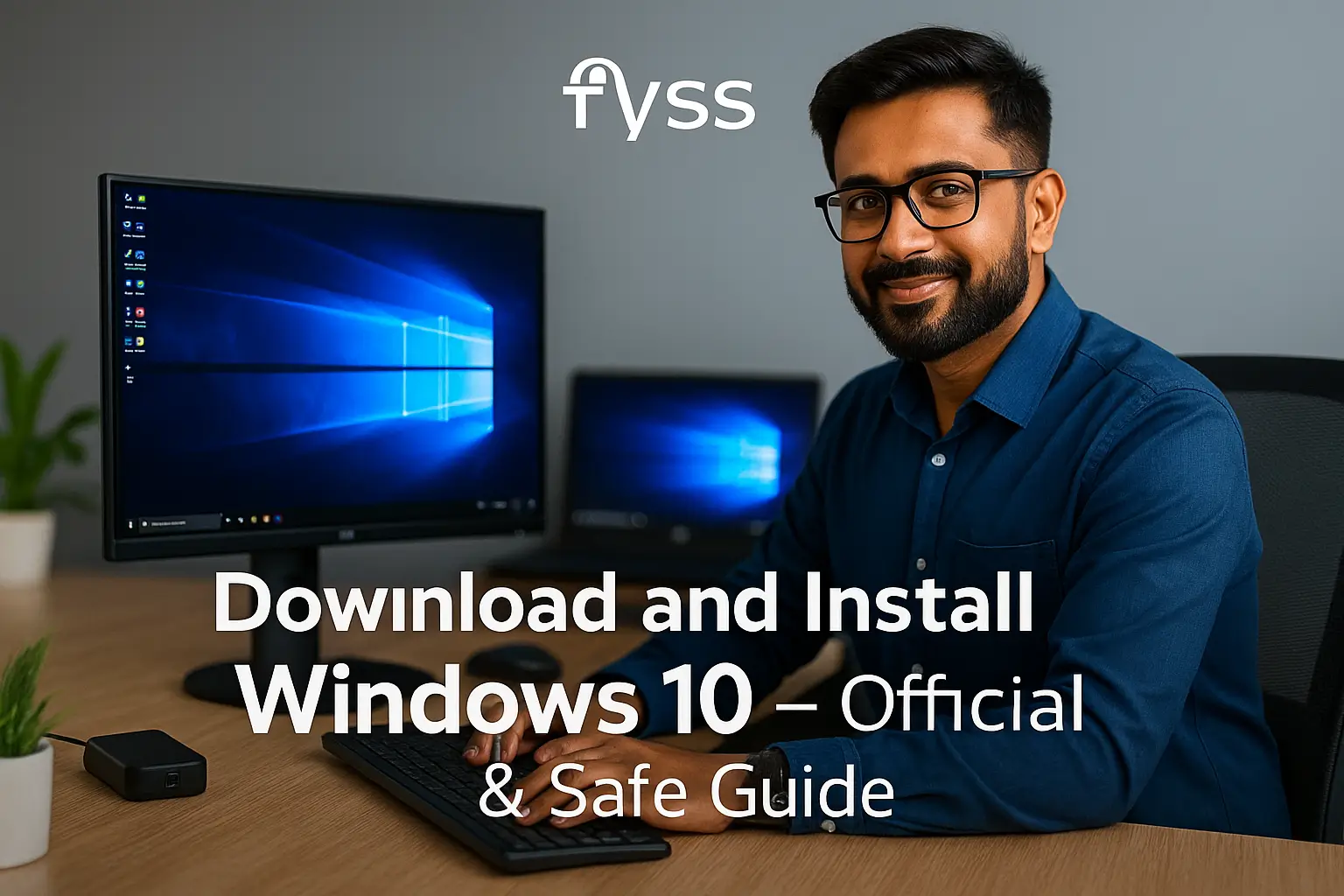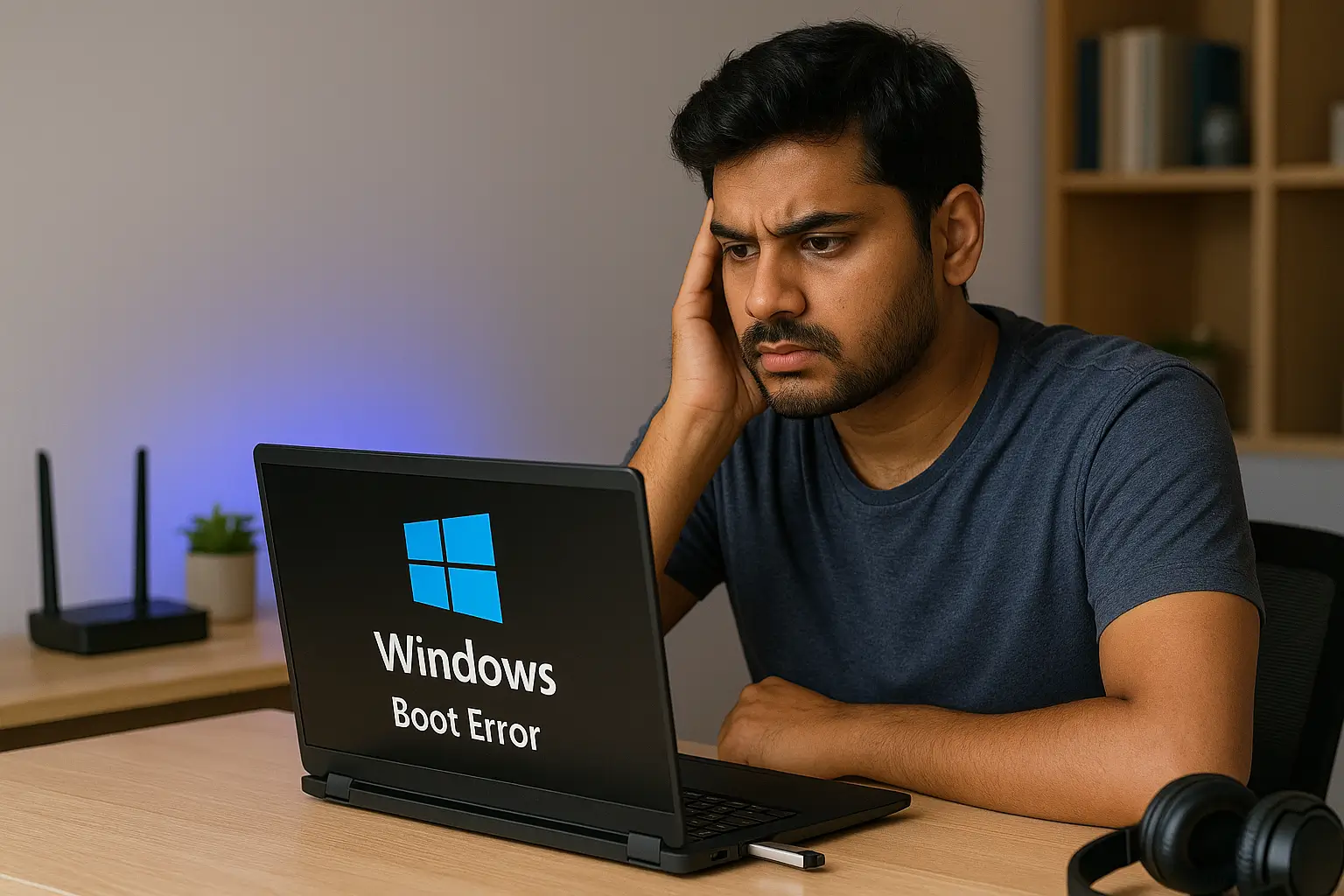Introduction
Wi-Fi connectivity issues on Windows 10 and 11 can be frustrating, especially when you need reliable internet access. Whether your device fails to detect networks or refuses to connect, there are proven methods to resolve these problems. In this guide, we’ll walk you through step-by-step solutions to fixed Wi-Fi not connecting on Windows 10/11.
Table of Contents:
Common Causes of Wi-Fi Issues
Before diving into solutions, let’s explore some common reasons behind Wi-Fi problems:
- Outdated or corrupted network drivers.
- Incorrect network settings.
- Router or modem issues.
- Physical obstructions or interference.
- Software conflicts or recent updates.
Step-by-Step Solutions
1. Restart Your Device and Router
Sometimes, a simple restart can resolve minor glitches.
- Turn off your computer.
- Unplug the router and wait for 30 seconds before reconnecting.
- Restart your PC and try reconnecting to the Wi-Fi.
2. Run the Windows Network Troubleshooter
Windows provides a built-in troubleshooter to detect and fix network issues.
- Press
Win + Ito open Settings. - Navigate to Network & Internet > Status.
- Click on Network Troubleshooter and follow the prompts.
3. Update or Reinstall Network Drivers
Outdated drivers often cause connectivity problems.
- Press
Win + Xand select Device Manager. - Expand Network Adapters and right-click your Wi-Fi adapter.
- Choose Update Driver and let Windows search for updates.
- If the problem persists, select Uninstall Device, restart your PC, and let Windows reinstall the drivers.
4. Reset Network Settings
Resetting the network settings can resolve complex issues.
- Press
Win + Iand go to Network & Internet > Advanced Network Settings. - Click Network Reset and follow the instructions.
- Reconnect to your Wi-Fi network.
5. Check for Windows Updates
Windows updates often include fixes for known issues.
- Open Settings (
Win + I) and select Update & Security. - Click Check for Updates and install any pending updates.
6. Modify Power Management Settings
Your Wi-Fi adapter may enter power-saving mode, disrupting the connection.
- Open Device Manager and locate your Wi-Fi adapter.
- Right-click and choose Properties.
- Under the Power Management tab, uncheck Allow the computer to turn off this device to save power.
7. Forget and Reconnect to the Wi-Fi Network
Incorrect network settings can block connections.
- Go to Settings > Network & Internet > Wi-Fi.
- Click on your network and select Forget.
- Reconnect by entering the password again.
When to Seek Professional Help
If these solutions don’t work, the issue might be with your hardware or ISP. Contact a technician or your internet service provider for assistance.
- Microsoft Support:
Link to Microsoft’s official troubleshooting guide:
Fix Network Connection Issues in Windows - Driver Updates:
Link to the official driver update page for popular Wi-Fi adapters, such as Intel or Realtek:
Intel Wireless Drivers
Need More Help? We’re Here for You!
If you’re still facing issues with your Wi-Fi connection despite trying these solutions, don’t worry—we’ve got you covered! At fyss, we specialize in diagnosing and resolving complex technical problems, including network and connectivity issues.
Whether it’s a stubborn Wi-Fi adapter, tricky router configurations, or deeper system conflicts, our expert team is here to assist you.
Get in Touch with Us
📧 Email: support@fyss.in
🌐 Website: fyss.in
We believe in making technology hassle-free for everyone. Contact us today and let our professionals handle the rest.
FAQs
1. Why does my Wi-Fi keep disconnecting in Windows 10/11?
Frequent disconnections may result from driver issues, signal interference, or power management settings.
2. How do I know if my Wi-Fi adapter is faulty?
If your device doesn’t detect any networks and all troubleshooting steps fail, your Wi-Fi adapter may need replacement.
3. Can resetting the router fix Wi-Fi problems?
Yes, resetting your router can resolve issues like IP conflicts or corrupted settings.
Conclusion
Wi-Fi issues can be a hassle, but with these troubleshooting steps, you should be able to restore your connection quickly. Bookmark this guide for future reference and enjoy seamless browsing!
If you found this article helpful, share it with others experiencing similar issues.



